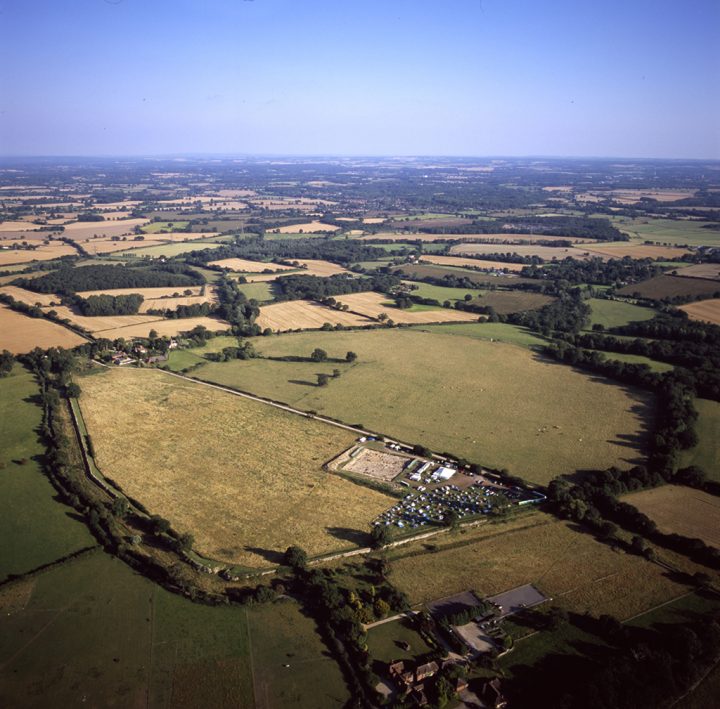Excavation Techniques
The excavation
A decision was made in 1889 to undertake excavations at the Roman town of Silchester in order to reveal for the first time the complete plan of a Roman town. Within a period of 20 years (1890-1909) a programme of excavations under the auspices of the Society of Antiquaries of London revealed a plan of all masonry-founded buildings within the walled area of the town. At the time this was understood to represent a complete plan of the Roman town, a belief which rested on the assumption that all the buildings were constructed of masonry, or at least had masonry foundations, and that the town walls enclosed everything of significance, apart from the amphitheatre.
Transcripts of newspaper reports referring to Silchester from 1890-1909
Methodology
Little is known of the methodology by which the Victorian and Edwardian excavators achieved their goal. Regular reports were published in Archaeologia, accompanied by plans of the blocks of the town (insulae) and, depending on their complexity, individual buildings of note within them. There is also a limited photographic archive.
The area within the walls was excavated block by block, since the pattern of the street grid had been largely established from the mid-eighteenth century as streets could be traced in the ripening crop. Since nothing of the town within the walls is visible above ground, it is assumed that trenching was employed as a method of identifying the locations of buildings within each insula, the plans of which were then revealed by opening up larger areas around them. It is believed that the outlying pits, wells and hearths recorded on the Victorian plans were also located by this process of trenching.
Finds
Comments on finds were of secondary importance and only individual objects of intrinsic importance were discussed. Nevertheless attention was paid to several categories of what we would now describe as ‘bulk finds’. The excavation of wells drew attention to the preservation of waterlogged material and so seeds, plant remains and insects were recorded. Regular specific identifications of coins were also made in the reports. Pottery was the first category of material to receive systematic study at the close of the excavations, and was published by May 1916. No finds curation policy is detectable however until Joseph Stevens’ acceptance of an offer from the Duke of Wellington to house the growing collection in Reading Museum in 1891.


